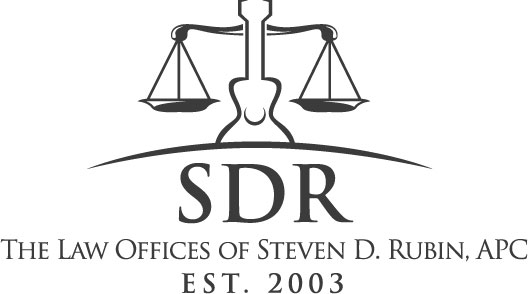
(Asset Protection) Just Passing Through…Is the “C Corporation” a superior asset protection vehicle to the “S Corporation?”
Every three years we California lawyers need to complete 25 hours of continuing education. As my group needs to complete the requirement by the end of January 2014, I have been listening to my legal education programs online. One of my favorite lecturers is Dr. Bart A. Basi (I will call him Bart). He is a really smart guy and I enjoy listening to him. He has taught me a lot. Recently, I was listening to one of his courses when he made in effect the following comment: “C Corporations” provide better asset protection to their owners than “S Corporations.” The comment hit me like a thunderbolt. Why is that I wondered? I eagerly awaited the explanation. Alas, Bart did not explain why and just moved to the next topic on his syllabus.
You see, the “C Corporation” and “S Corporation” is primarily a tax distinction. I tell clients that all corporations are “born” as “C Corporations.” What this means is that they will be taxed under Subchapter C – Corporate Distributions and Adjustments (Sections 301 to 395) of the Internal Revenue Code (IRC). At the risk of gross oversimplification, this means that your C corporation will be subject to the dreaded “double taxation” in that the entity will be taxed once at the corporate level on its corporate income, and AGAIN, at the individual shareholder level, on dividends and other similar distributions to the shareholders.
After a “C Corp” is born, if eligible, its shareholders can ELECT to be taxed under Subchapter S – Tax Treatment of S Corporations and Their Shareholders (Sections 1361-1379) of the IRC. This means the corporation will not be subject to “double taxation.” Yes, the “S Corp” must FILE a corporate tax return, but with very limited exceptions beyond the scope of this article, the “S Corp” does NOT pay any tax. Rather, all of the income, gain, loss, deduction and credit of the S Corp “flows or passes through” to its shareholders in proportion to their ownership of the S Corp. So, for example, if an S Corp with four (4) equal shareholders has $100 of taxable income, each shareholder will report $25 of this taxable income on their individual Form 1040 tax returns. The mechanism by which this information is reported by the S Corp to the shareholders and ultimately to the IRS is the Schedule K-1 issued to each shareholder by the S Corp.
So what does all this “tax stuff” have to do with asset protection? What was Bart referring to? Since he did not say I was left to figure it out myself. I don’t know why Bart made the comment. But the more I thought about, the more I think Bart is on to something. A distinctive feature of the S Corp is the above discussed “pass-through” of the S Corporation’s income, gain, loss, deduction and credit to its shareholders. Now compare this with asset protection. A distinctive feature of a good asset protection plan is the SEPARATION of the person seeking asset protection with the asset sought to be protected. So, if your S Corporation owns an asset that you want protected from your creditors, there is an affinity between you and your S Corporation that does not exist when using a C Corporation. Now, on the one hand, both the S Corporation and the C Corporation are corporations under state law both seemingly entitled to provide their respective shareholders with the same limited liability from the entity creditors. So I admit, in the first instance, it does not appear that the C Corporation should provide its shareholders greater protection from its creditors than an S Corporation.
But that said, a clever, aggressive and well healed creditor will no doubt press for every advantage. Why give them the benefit of this “affinity” in the first place. If the only reason is that the shareholders want to avoid “double taxation,” is that not just as easily accomplished by simply issuing the shareholders a year-end bonus, or otherwise expensing out any excess income at the end of the tax year so that there is NO corporate level income? Voila, “de facto” S Corporation tax treatment of your C Corporation. Now I know this is a big subject. For example, one good reason to elect S Corporation treatment, is if the shareholders expect losses in the beginning and want those losses to “pass-through” to their respective individual tax returns to offset other income.
Still, if and to the extent that asset protection is important to the shareholders, I think some consideration should be given to Bart’s comments.
As for me, I will continue to ponder Bart’s comments … and listen to his courses.


